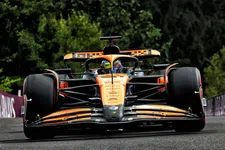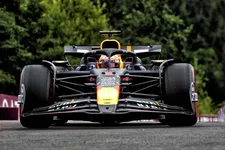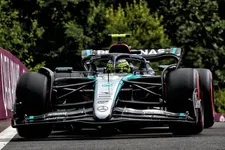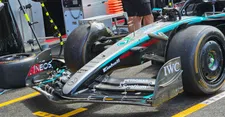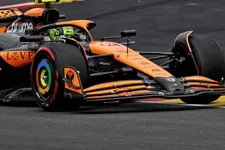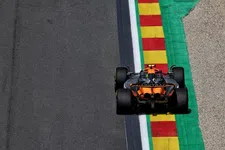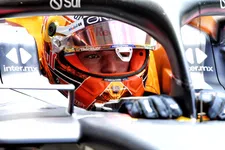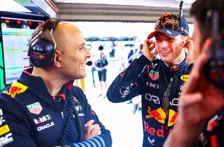How Formula 1 can take a great example from IndyCar
Column
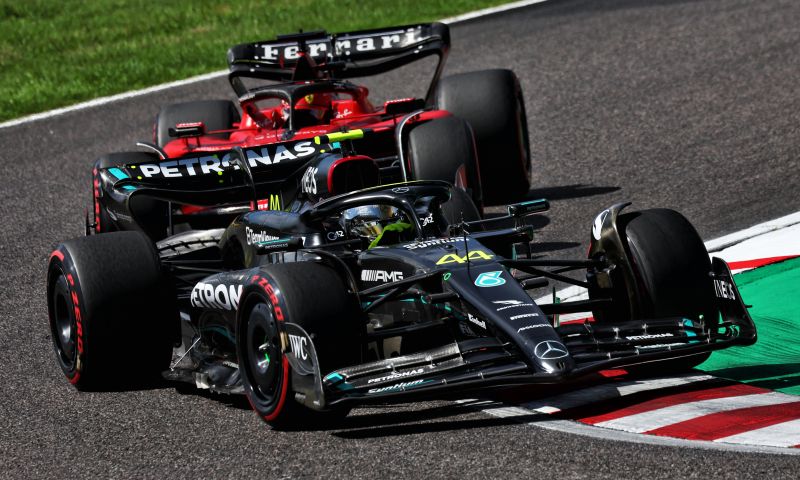
- Ludo van Denderen
Ganassi Racing's competitors will no doubt be secretly balking. The best team in IndyCar - for which champion Alex Palou competes, for example - has announced that it will enter as many as five cars for the championship in 2024. Fans of the sport may be very excited about this, as the excitement during the races will only increase. Formula 1 could even take a cue from how other classes handle their teams, so IndyCar.
It is by no means a new idea: for decades the idea of having not two, but three cars per F1 team competing has surfaced from time to time. Yet never did the plan actually get off the ground. The financial picture is the main obstacle, as a third car would require more equipment and extra personnel. For the F1 championship, however, the idea would be a great step forward.
A third car solves many problems
Indeed, imagine: suddenly there are three Red Bulls competing, three Mercedes and three Ferraris. In that case, it becomes a lot harder for a driver to win a Grand Prix. Moreover, an increasingly pressing problem is largely solved with extra cars: namely, at the moment, young talents are struggling to find a seat in Formula 1. Indeed, it has been a major problem for years that the flow from Formula 2 (or similar series) has been viscous, because there are too few cockpits available. Take Liam Lawson, for whom Red Bull Racing has no place in one of its cars in 2024. A third car from Red Bull (or AlphaTauri) would give the New Zealander the place he deserves.
Critics may argue that with 30 cars (three per team), it does get very crowded on the track during a Grand Prix. But in the past, it was quite normal that not all drivers could participate in the race on Sunday and that people dropped out after qualifying. That system can be reintroduced. Anyway, Formula 1's statutes state that a maximum of 24 cars can currently take part in a GP. Why can't there already be 26?
Another 'problem' mentioned could be higher costs. Increasing the budget cap for teams with three cars is easy to do. Let's face it: certainly the top teams have the resources to fund a third car, they just may not use that money at the moment. The same is not true for the smaller teams, but for them another adjustment - also copied from other racing classes - could be a godsend.
Introduction of customer teams
In Formula E, the World Endurance Championship (WEC), IMSA and, to some extent, IndyCar, there may be customer teams. Take, for example, the Porsche team in Formula E, which is a factory team but also delivers turnkey cars to Andretti Global (which, by the way, supplied the 2023 champion among drivers). So Andretti does not have to deal with car development - which saves on costs - but is extremely competitive. This is also how it works in endurance racing: there is a Porsche factory team, but the Germans supply the same car to teams as JOTA in WEC.
If Formula 1 starts working with customer teams, a Haas or a Williams, for example, would no longer have to put money into developing the cars, but could buy them entirely from Ferrari or Mercedes. What it all adds up to? A more exciting championship, exactly like there is now in IndyCar, WEC and Formula E. Just think, for example: three Mercedes cars from the factory team, three Mercedes cars under the Williams name, three Red Bulls, three Red Bulls from AlphaTauri, and so on. After one season, you can only really say that it was the driver who was the deciding factor.
Tell us your opinion!
What do you think? Should Formula 1 move towards allowing a third car per team and introducing customer teams? Give your opinion in the comments and don't forget to vote!


